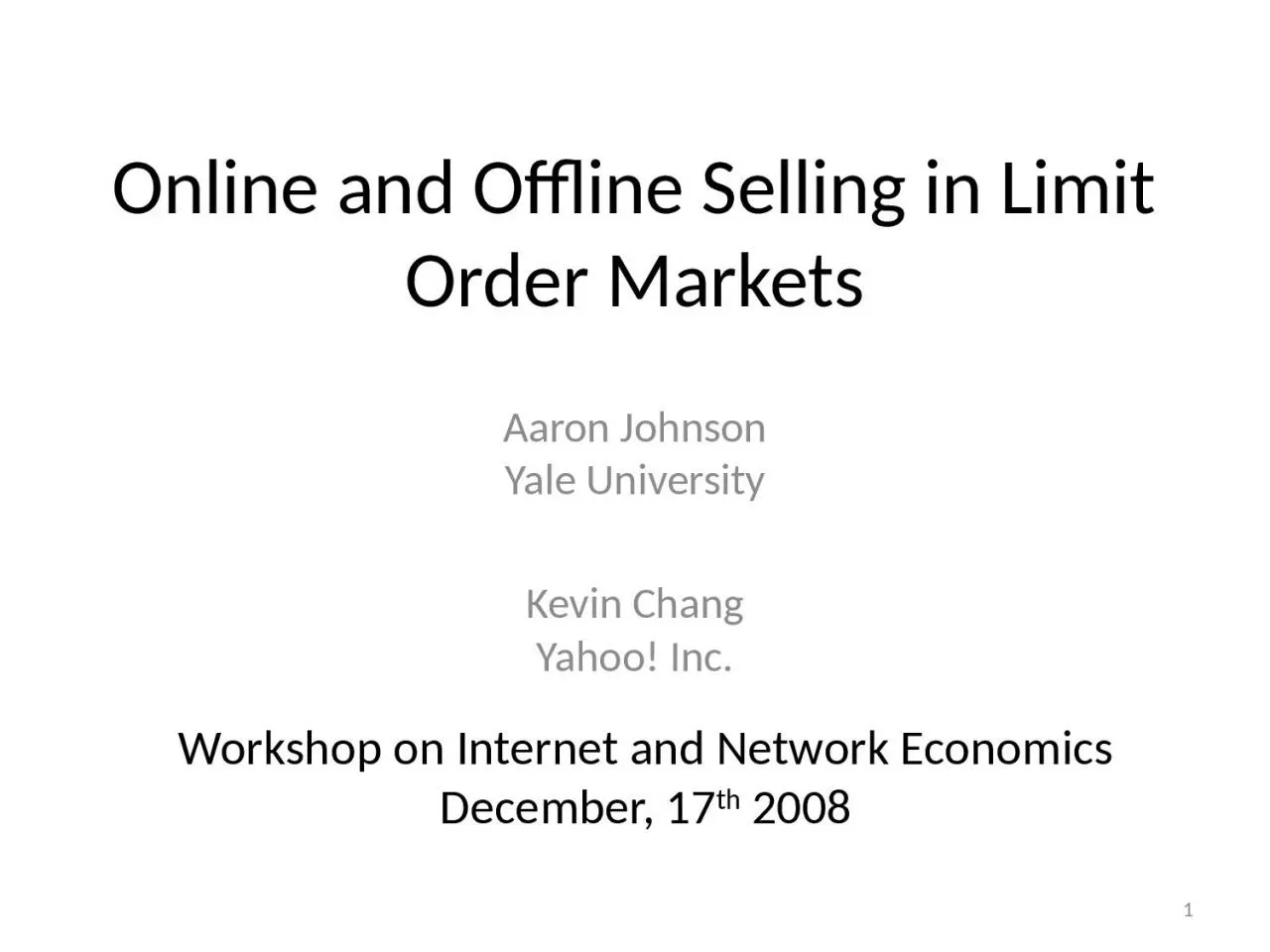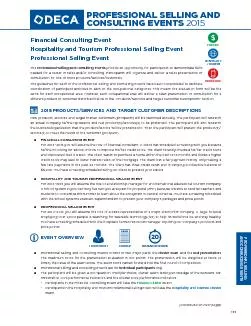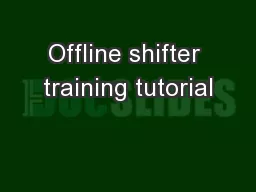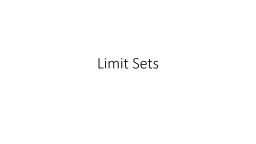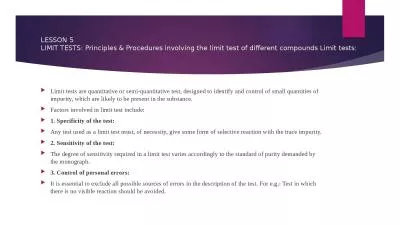PPT-Online and Offline Selling in Limit Order Markets
Author : anya | Published Date : 2023-11-06
Aaron Johnson Yale University Kevin Chang Yahoo Inc Workshop on Internet and Network Economics December 17 th 2008 1 Limit Order Markets Match buyers with sellers
Presentation Embed Code
Download Presentation
Download Presentation The PPT/PDF document "Online and Offline Selling in Limit Orde..." is the property of its rightful owner. Permission is granted to download and print the materials on this website for personal, non-commercial use only, and to display it on your personal computer provided you do not modify the materials and that you retain all copyright notices contained in the materials. By downloading content from our website, you accept the terms of this agreement.
Online and Offline Selling in Limit Order Markets: Transcript
Download Rules Of Document
"Online and Offline Selling in Limit Order Markets"The content belongs to its owner. You may download and print it for personal use, without modification, and keep all copyright notices. By downloading, you agree to these terms.
Related Documents

